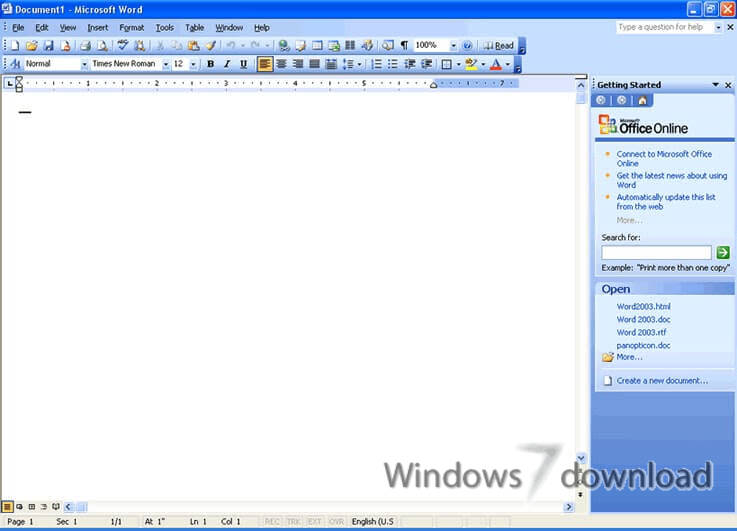
To save money and space, you can use one machine to boot both OSs. Third, if your help desk has multiple techs, each will probably need its own Linux installation for troubleshooting purposes.

Second, once Linux has been rolled out, you’ll also need a machine that you can use for troubleshooting problems when they occur. First, you’re going to need a Linux machine to run tests on before rolling out Linux company-wide. There are several reasons why it’s a good idea.

While there are many ways to do this, one that I think works well involves installing both operating systems on a single machine and dual booting. See how to use Linux boot loader GRUB to make Red Hat Linux dual boot with Windows.Īt a time when some organizations are investigating the possibility of running Linux instead of Windows on some or all of their desktops, support departments face the possibility of having to support both operating systems. Support both OSs: Dual boot Windows XP and Red Hat Linux 7.3


 0 kommentar(er)
0 kommentar(er)
